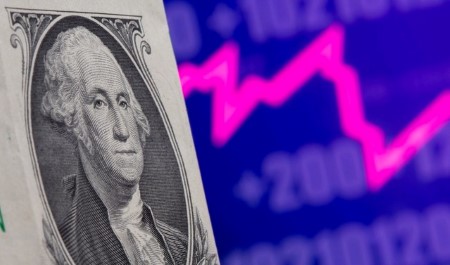

INSIGHTS 

INVESTMENT STRATEGY
THE BASICS
DOWNLOADS 

 DOWNLOAD
DOWNLOAD

 DOWNLOAD
DOWNLOAD

 DOWNLOAD
View all Reports
DOWNLOAD
View all Reports


Inflation Update: Weak demand softens shocks
 DOWNLOAD
DOWNLOAD

Economic Updates
Monthly Economic Update: Fed cuts incoming
 DOWNLOAD
DOWNLOAD

Consensus Pricing
Consensus Pricing – June 2025
 DOWNLOAD
DOWNLOAD
Follow us on our platforms.


TOP SEARCHES
Rates & Bonds
3 MIN READ
US bond rally loses steam after Trump’s tariffs pledge

This article originally appeared on reuters.com





 By Reuters
By Reuters